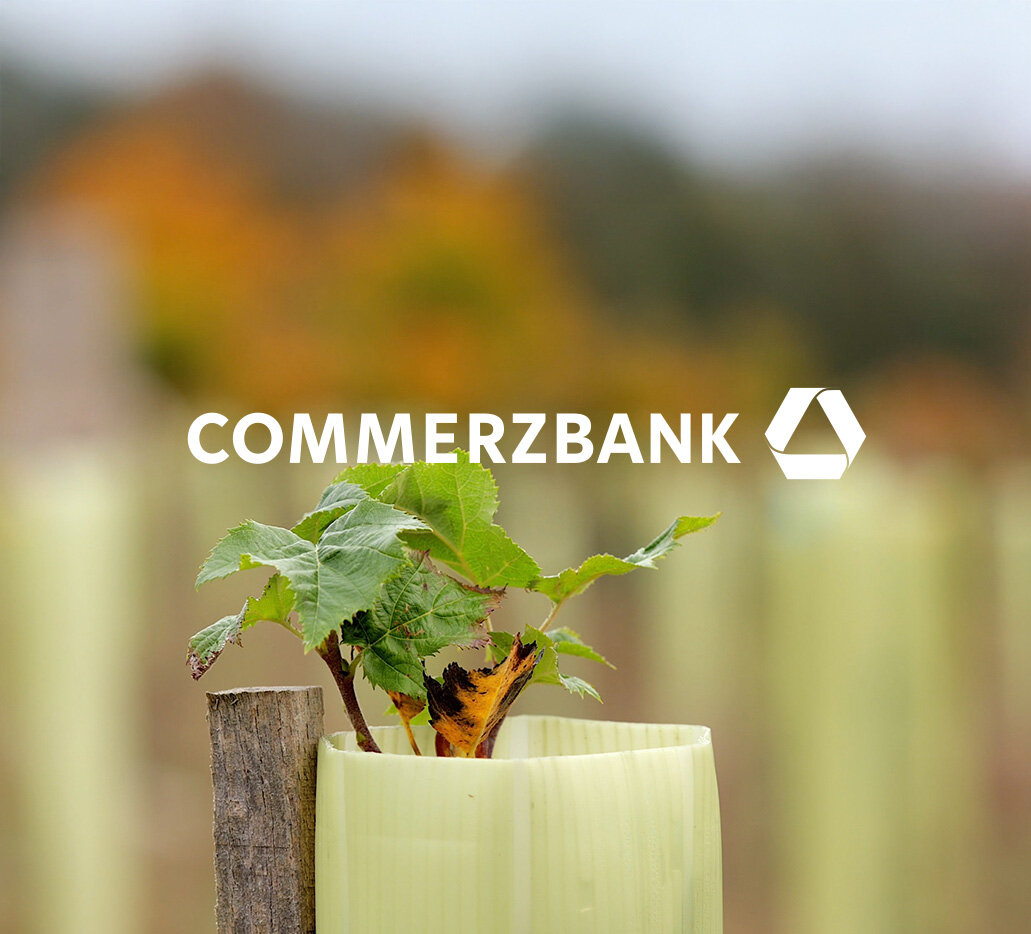In today’s financial landscape, institutions face mounting pressure to align their operations with environmental and social governance (ESG) standards. The banking sector, in particular, grapples with challenges such as integrating climate risk assessments into lending decisions, meeting stringent reporting requirements, and transitioning to sustainable investment portfolios. For example, banks are increasingly required to disclose their financed emissions and demonstrate how their lending practices contribute to climate goals.
By providing accurate carbon footprint analyses, developing science-based emission reduction targets, and facilitating investments in high-quality climate projects, FORLIANCE enables banks to not only comply with regulations but also to lead in sustainable finance. Our approach ensures that financial institutions can make informed decisions that benefit both their stakeholders and the planet.



